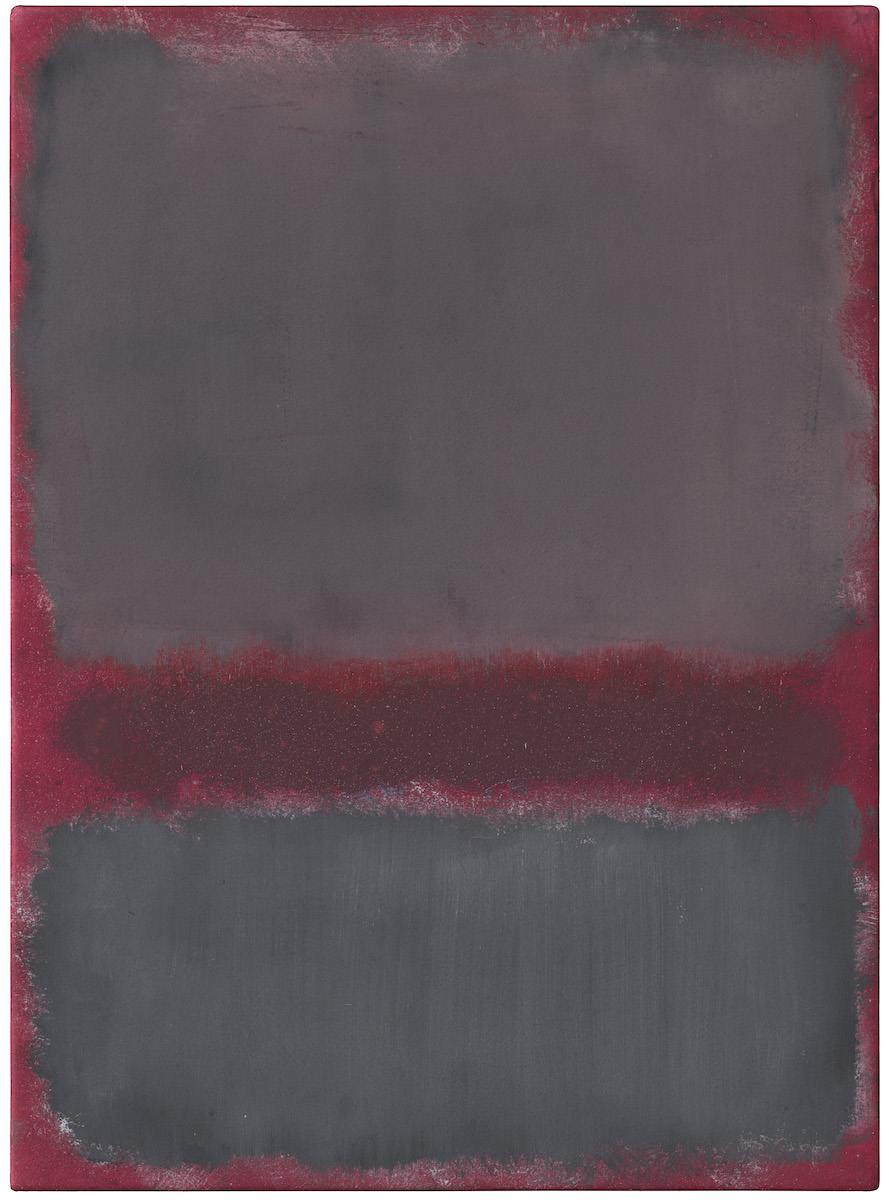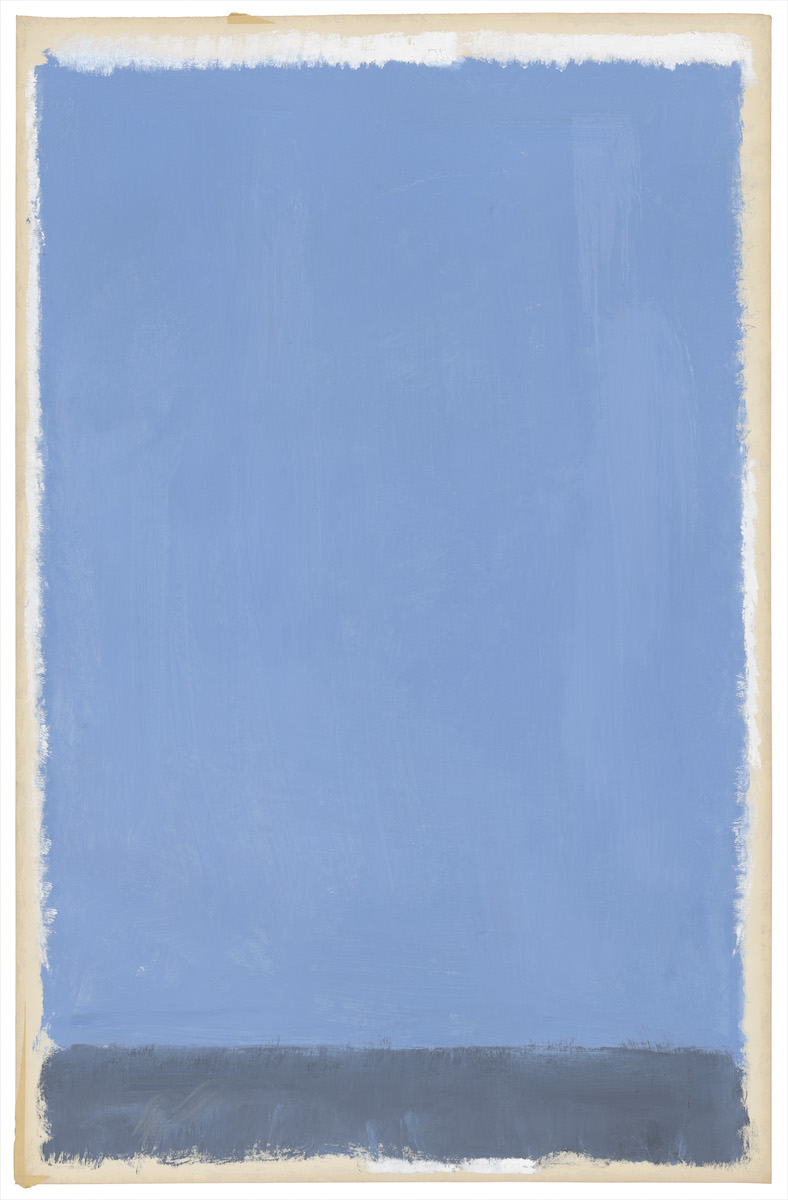1. He painted the world as he experienced it.
Today, Rothko is famous for his abstract paintings. But as a young artist, he made works on canvas and paper with recognizable imagery: landscapes, city scenes, bathers, and portraits.
Still, these paintings did not perfectly represent reality. By his late 20s, Rothko had developed a subjective approach to art. He admired the work of Paul Cézanne and Henri Matisse, two leading French painters. And Milton Avery, an older American artist, was his mentor. Like them, Rothko painted the world as he experienced it—not exactly as it appeared.









